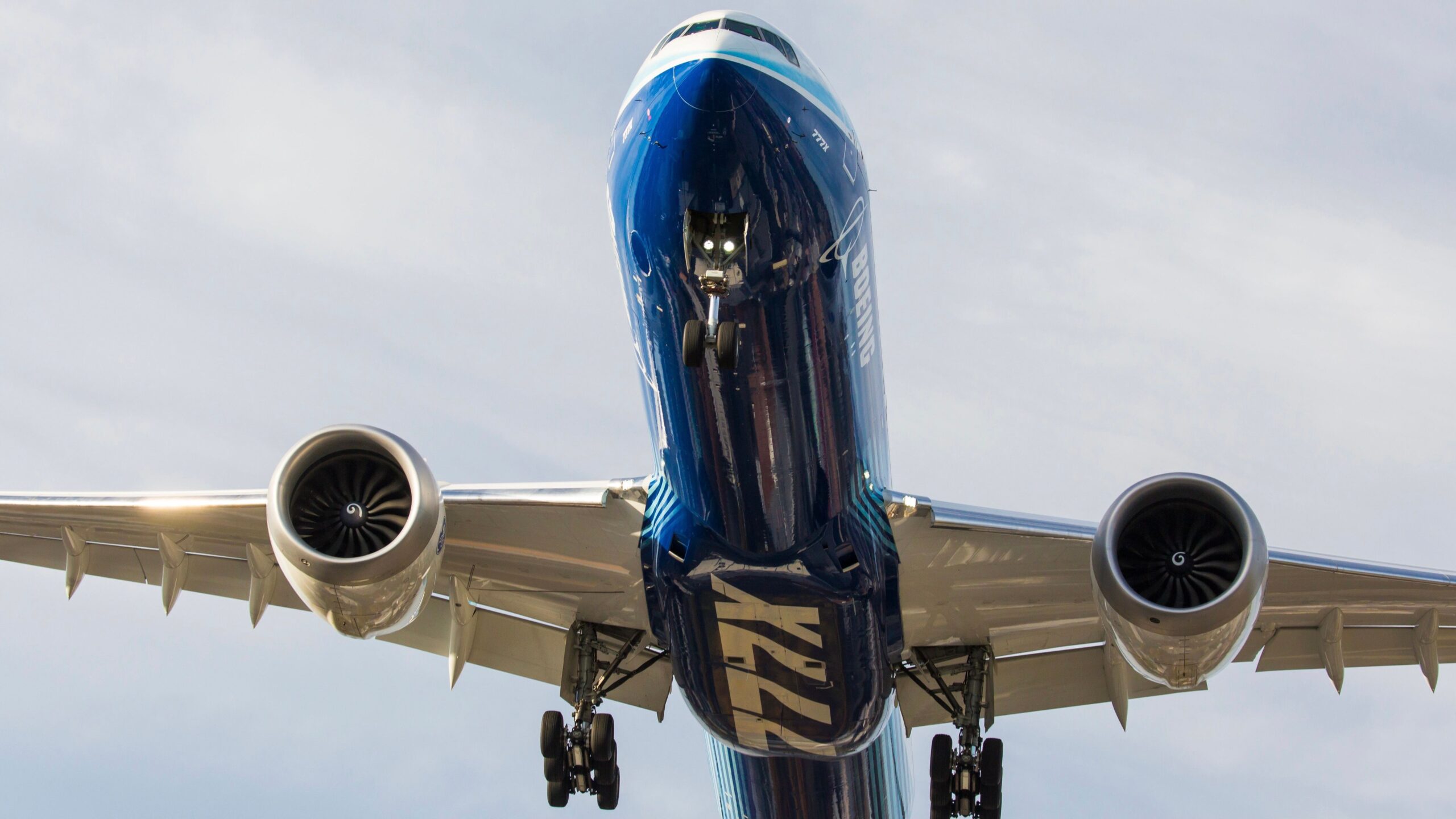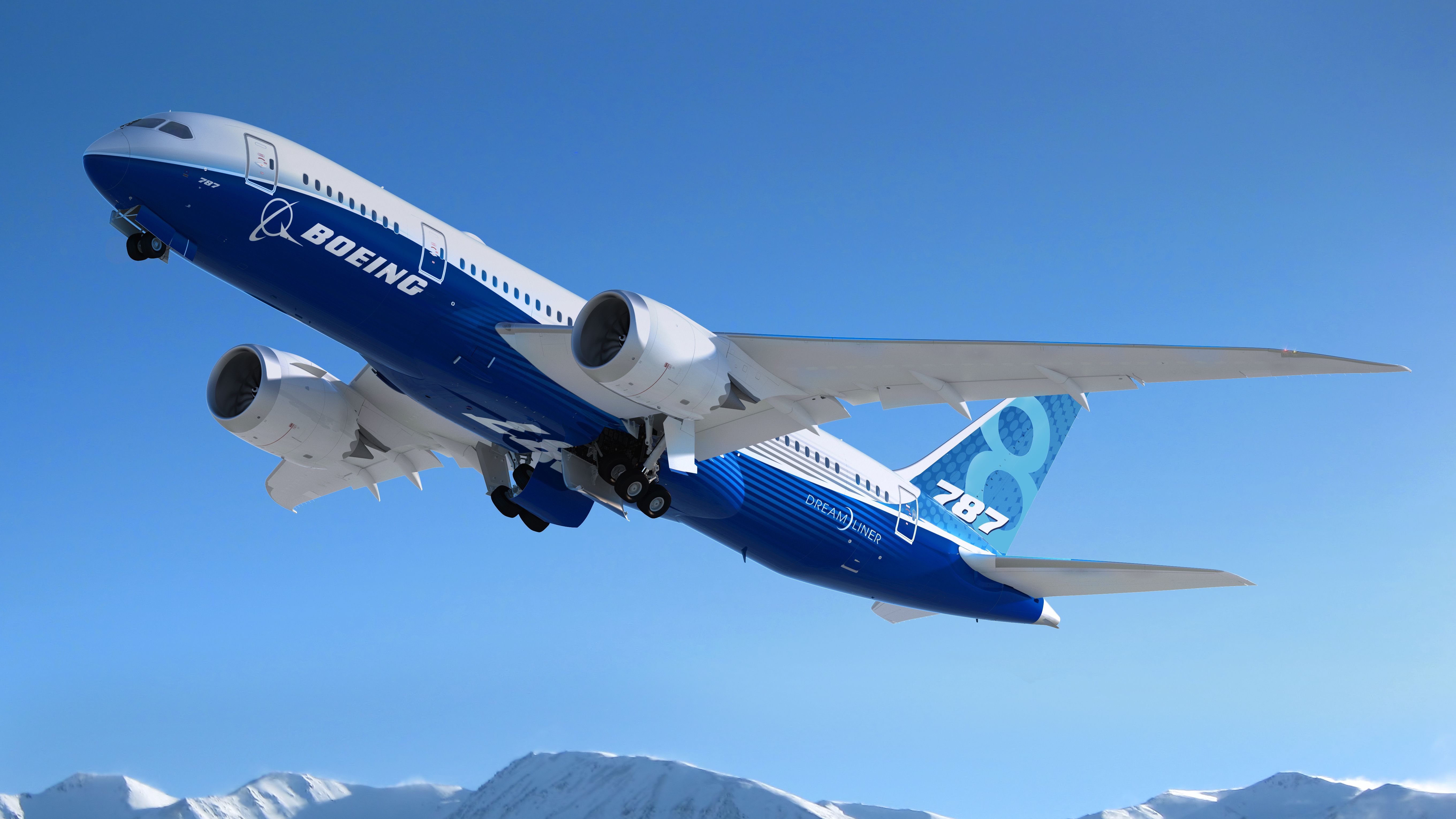Summary
- Boeing’s 777X and 787 Dreamliner aircraft are offering new opportunities for airlines to expand their networks at a lower cost.
- The 777X and 787 work together to cover the market, with the ability for pilots to fly both types and similarities in how they operate.
- The future of widebody jet aircraft looks promising for Boeing with its balanced approach.
The Boeing 777X and 787 Dreamliner have been in high demand in this recovery period. The 777X is poised to shake up the industry following its highly-anticipated fleet entry in 2025, while the 787 has already been a fan favorite for over a decade.
Opening new opportunities
Simple Flying spoke with Boeing’s VP of Commercial Marketing, Darren Hulst, at the Dubai Airshow to find out more about how his company is meeting long-haul travel requirements in this next chapter. Hulst has been with Boeing since 2005 and previously worked in network planning and scheduling with Delta Air Lines. Thus, he more than understands the needs of the global market.
Hulst expressed that both of these aircraft families are an essential part of Boeing’s product strategy as versatility has been at the center of where the market has advanced over the last 30 years. Altogether, airlines want efficient but capable widebody aircraft that can offer a wide variety of routes that enable them to expand their networks at a lower cost.
Covering all angles
With this in mind, both the 777X and 787 will see plenty of action in the coming years. Hulst shared:
“We’ve seen a focus on twin-engine widebodies and the 787 was a great example, enabling airlines to launch almost 400 new city pairs since service entry. Yet, there’s also a sizable amount of the market, about a quarter of the long-haul market, that needs aircraft that are 350 seats and larger because of dense demand and hub-to-hub routes,”
“That’s not going away either and that’s why the 777X is such an important part of the family and frankly, the strategies of both the 787 and 777X work together. You’ve got the ability to have the same pilots fly both types. There are a lot of similarities in how they both operate. It enables us, from 250 to over 400 seats, to cover the market, because you can’t cover that much range with just one type of aircraft.”
Hulst noted that going forward, the 777X will be the key replacement for the 777-300ER, the 747, and the A380. So, now there are approximately 1,000 aircraft that need replacing in the next 15 years.
Natural evolution
Boeing’s management also highlighted that one of the most successful single models of widebody jets is the 777-300ER. Still, operators such as Emirates want to provide more seats. The Dubai-based carrier currently has over 120 777-300ERs in its holdings. Combined, these planes offer a capacity of over 45,100 seats and hold an average age of just under 11 years. However, according to ch-aviation, the older units are over 17 years old.
Subsequently, Emirates has been busy renewing its fleet with new aircraft orders. Last week’s order of 55 additional 777-9s and 35 777-8s totals the UAE outfit’s 777X order book to 205 aircraft.
Hulst describes this demand with the following:
“The 777-300ER needs a replacement in addition to some growth. The 777X provides 20% better fuel efficiency on a platform that enables airlines to grow. It’s a natural extension of what we’ve done on the 777s but with new technology.”
Emirates is the perfect example to emphasize which aircraft will combine to make up long-haul fleets in the coming decades. At the Dubai Airshow, the airline also updated its 787 Dreamliner orders. The airline will now take 15 787-9s and 20 787-8s. Following this, it ordered 15 Airbus A350-900s.
With the A380 and 747 production programs completed, the 777X, 787, and A350 will lead the way as flagships in widebody fleets across the continents in this next chapter. The A330neo will also have a part to play, but it will be geared to more specialized markets.
Concerning Boeing, between the 777X and the 787, it’s clear that the manufacturer has considered all ends of the twin-aisle spectrum as we head into 2024. We can expect plenty more orders in the new year.
What are your thoughts about the future of widebody jet aircraft? Let us know what you think in the comment section.


